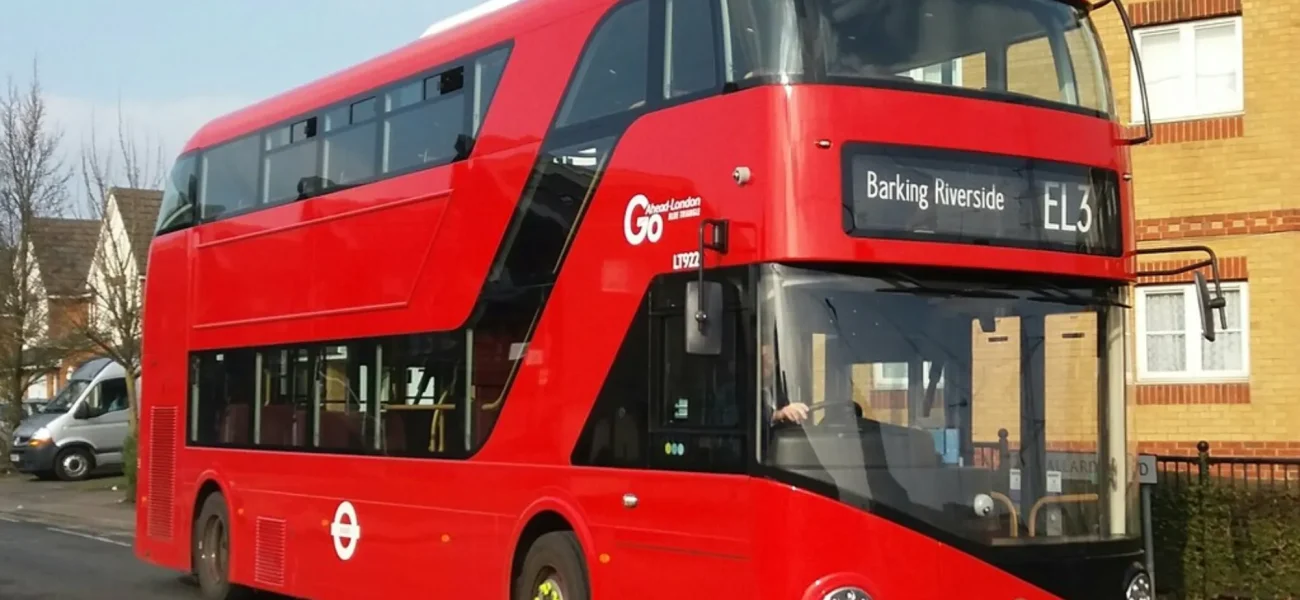London’s General Transport system is more than just a means of getting from point A to B; it’s a testament to the evolution of urban mobility. Cardiff General Transport, while on a smaller scale, shares a similar commitment to providing efficient and connected transportation. Let’s delve into the intricacies of these systems and uncover what makes them tick.
Evolution of London’s Transport System
London’s transport has a rich history, from horse-drawn buses to the cutting-edge technology of today. The integration of buses, trains, and the iconic London Underground showcases a commitment to efficiency that has evolved over the years. As technology advanced, so did the city’s transport infrastructure, keeping pace with the ever-growing demands of its population.
Cardiff General Transport Overview
While London may be a sprawling metropolis, Cardiff, too, boasts a noteworthy transport system. Cardiff General Transport is the lifeline of the Welsh capital, connecting its diverse neighborhoods and facilitating smooth commuting for residents and visitors alike. Despite differences in scale, both London and Cardiff share a dedication to effective public transportation.
Efficiency in London’s Public Transport
Efficiency is the backbone of London’s transport network. The seamless integration of various modes, from buses to the iconic red double-deckers and the Underground, ensures that commuters can navigate the city with ease. Technological innovations, such as contactless payment and real-time tracking, contribute to a more streamlined experience for passengers.
Connectivity and Accessibility
London’s Underground network is a marvel of engineering, connecting even the farthest corners of the city. The integration with other modes of transport, including buses and trams, ensures that commuters have a plethora of options. Accessibility features, such as step-free access and priority seating, make London’s transport inclusive for everyone.
Cardiff vs London: A Comparative Analysis
Comparing Cardiff and London’s transport systems reveals both similarities and differences. While London’s scale allows for a more extensive network, Cardiff’s compact size ensures a more intimate and community-oriented experience. Understanding these nuances is crucial for appreciating the unique features each city brings to the table.
Challenges and Solutions
Both cities face challenges in managing their transport systems, such as congestion and environmental impact. However, innovative solutions, including congestion pricing and sustainability initiatives, showcase a commitment to overcoming these hurdles and ensuring a sustainable future for urban mobility.
User Experience in London’s Transport
The success of any transport system lies in the satisfaction of its users. London’s commuters express high levels of satisfaction, citing the reliability and frequency of services. The focus on accessibility for differently-abled individuals further enhances the inclusivity of the system.
Cardiff’s Growing Infrastructure
As Cardiff continues to grow, so does its transport infrastructure. Ongoing developments, such as new bus routes and improved cycling lanes, reflect a commitment to meeting the changing needs of the city’s residents. Future plans aim to further enhance connectivity and accessibility.
Sustainability Initiatives
In an era of increased environmental awareness, both London and Cardiff are taking strides towards sustainable transport. From electric buses to cycling initiatives, these cities are actively working to reduce their carbon footprint and create greener, more eco-friendly transport options.
In unraveling the secrets of London General Transport and exploring the efficiency and connectivity it offers, we find a blueprint for successful urban mobility. As we draw parallels with Cardiff General Transport, it becomes evident that both cities are shaping the future of public transportation in their own unique ways. The key lies in embracing innovation, addressing challenges, and prioritizing the needs of the people who rely on these systems daily. The journey continues, and the path towards efficient and connected transport is an exciting one.




